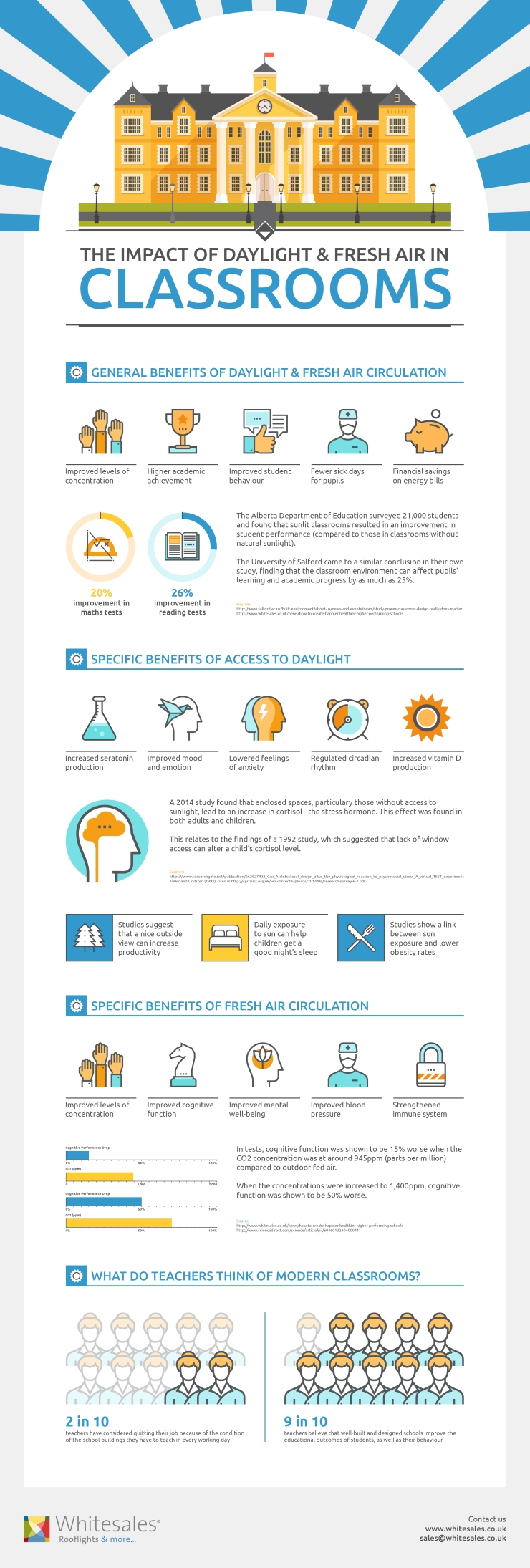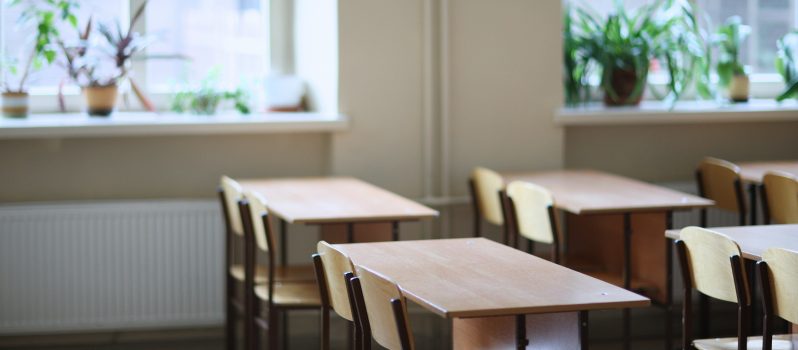It is my belief that a comfortable workplace makes for a happier, more productive workforce. The same can also be said for schools, colleges and universities. After all, if the environment in which your find yourself on a near enough daily basis is unpleasant, how can you be expected to perform to the best of your abilities?
When it comes to education, a student’s capacity to reach their full potential can be hindered by a variety of factors, and there are numerous scientific studies to back up the various claims. While parents are quick to blame the teachers and even other classmates for their children’s dwindling grades, there are several other factors that should be taken into account. The learning environment itself has an extremely important part to play in the overall satisfaction of teachers and pupils alike. Insufficient natural light and poor air circulation can have a detrimental effect on our concentration levels, and impact our health and wellbeing, too.
Studies have shown that prolonged exposure to artificial lighting, particularly the fluorescent kind, can cause a whole host of health issues including stress, anxiety and hyperactivity. Add to these the respiratory problems associated with poor ventilation and it’s no wonder pupils find it difficult to get their heads down and concentrate, or even feel well enough to attend school in the first place.

Infographic courtesy of Whitesales.





Leave a Reply